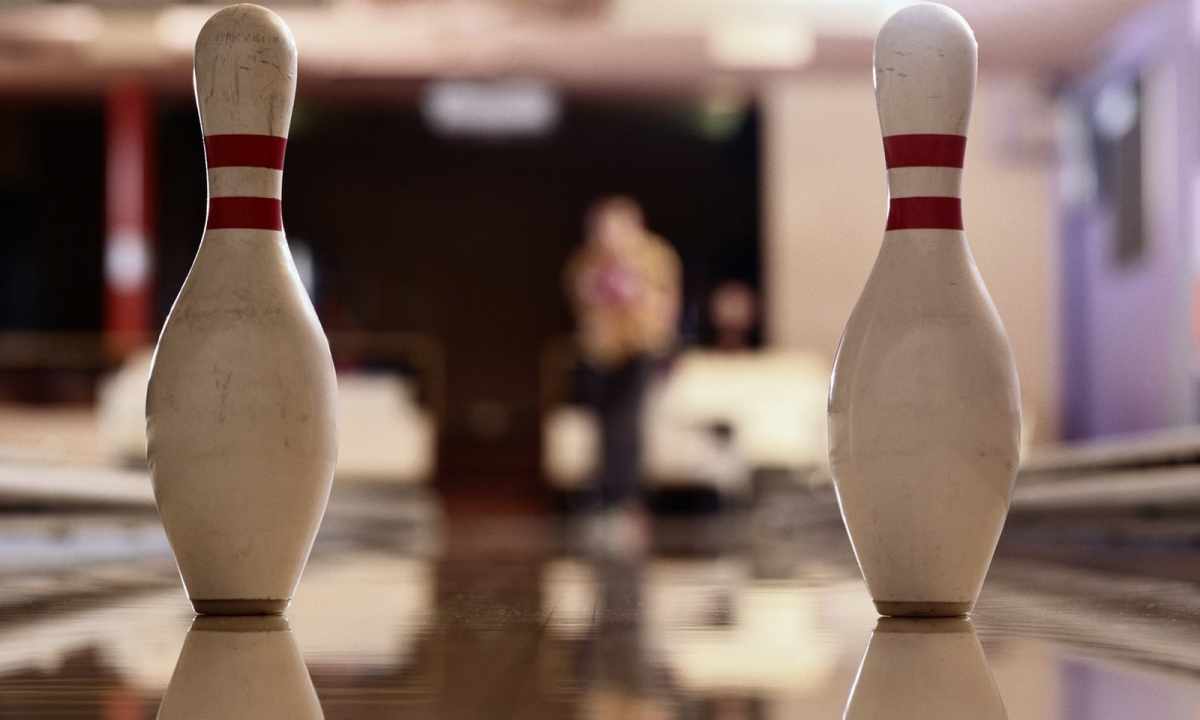Bases of bowling can be studied quickly "from scratch" both adults, and children. And at this simple, but interesting game there are a lot of admirers worldwide today. And still the bowling is remarkable the history which contains several millennia.
The first prototypes of bowling
Archeologists find peculiar prototypes of playing bowling in different places of the planet — in Egypt, India, in Yemen, in Polynesia... And some of finds belong to very ancient times — by the fourth millennium B.C.
And in Europe the bowling appeared in the Top Germany. There was the certain religious practice at which the stone sphere it was necessary to force down wooden bludgeons — kegel. And that at whom it turned out to bring down the large number of kegely was considered as the good person leading the just life. The first mentions of this ceremony belong to the 3rd century AD. Over time the given action lost religious sense for the German tribes and became just the game.
Bowling in the Middle Ages
Is slightly later, during Great resettlement of the people, the game assuming knocking down of wooden oblong venues the sphere from the Top Germany extended across the whole Europe — under similar names it appeared in France, Italy, Holland, Denmark and England. At the same time rules in each concrete area could vary.
In the Middle Ages various types of bowling, first of all nine-bowling, become hobby of the large number of Europeans. This game was played by all estates — peasants, city handicraftsmen, military, aristocrats and even kings. It is known, for example, that to this game the king of England Henry VIII wasn't indifferent (1491–1547). And he as it is considered, thought up to use gun kernels for bowling.
It is also worth noting that in the English city of Southampton the oldest is located (from among acting to this day) the platform for bowling. Here played it in 1299.
Bowling in the USA
At the beginning of the 17th century the game was delivered by immigrants from Europe (Dutches, Germans, the British) to North America. And already hundred years later in New York there was the park allocated specially under playing nine-bowling bowling. Today this park and is called — "The bowling glade".
Quite often in the States in those days in bowling played for money. And, of course, many tried to win and grow rich by means of deception and fraud. Soon drew the attention of the power to this gambling and tried to forbid it. Initially such ban worked only in states New York and Kentucky, and since 1870 — throughout the USA.
Fans of bowling in reply thought up the new, tenpin version of the game (so-called tenpin) to which the law formally didn't extend. Pins in it were placed not by the rhombus, but the triangle from four rows. Further in the tenpena also other differences from nine-bowling option appeared. As a result by the end of the 19th century tenpin became the prevailing and most widespread version of bowling.
The first national tournament and further development of the game
In 1895 in the States "The American congress of bowling" received the uniform standards concerning spheres, the pin and tracks. Besides, the congress developed official rules of the game. Six years later, in 1901, in the city of Chicago by these rules the national tournament first in the history on the tenpina was held. More than forty teams from nine states participated in this tournament. Its prize fund was about 1500 dollars.
It is interesting that at that time for the game spheres from the bakaut — very solid, heavy and expensive wood used. And in them there were two openings, but not three as now. Later spheres began to do of more available rubber, and from seventieth years of the twentieth century — of plastic and polyurethane.
In general for the last hundred years of bowling it was very strongly improved — the pinspotter (kegleustanovochny car), the system of return of spheres, special coverings for tracks, etc. were invented.
